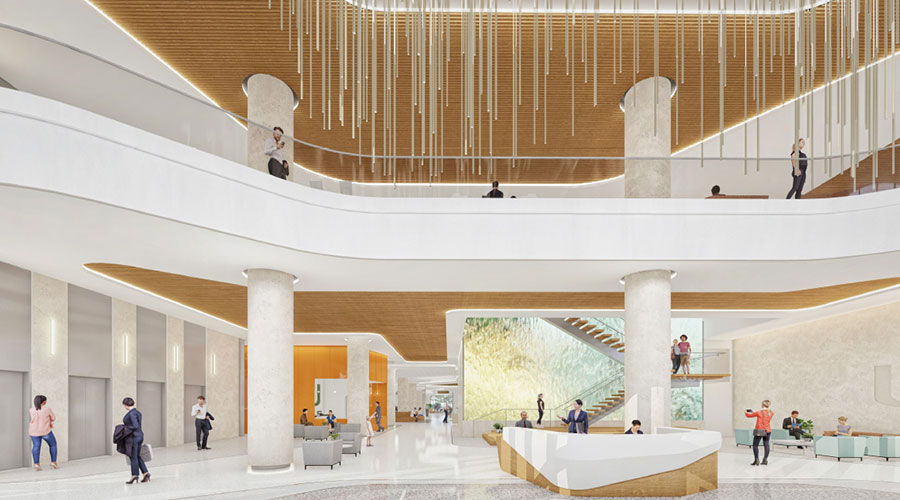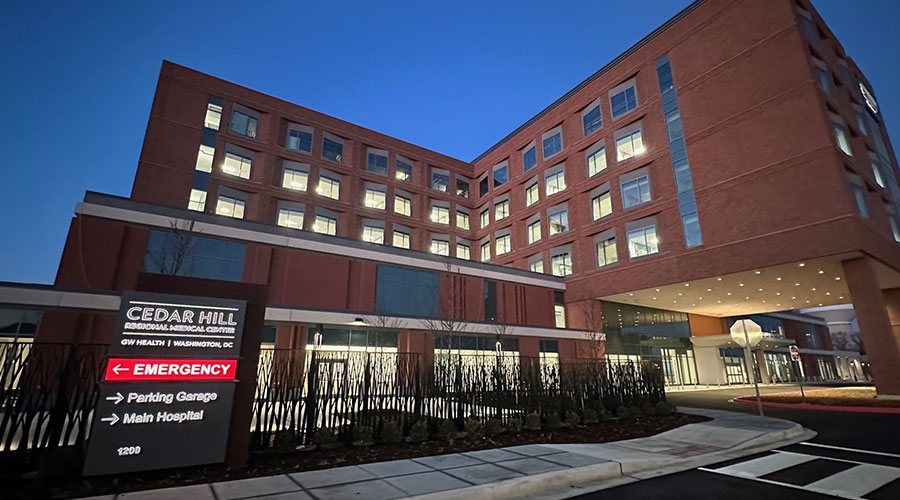As electronic health records (EHR) become the norm as a result of new healthcare delivery models and federal meaningful use mandates, hospitals are requiring increasingly information sharing across numerous platforms. Interoperability in modern medical equipment is no longer just a nice option. It has become a necessity.
An article in the July 2013 issue of Health Facilities Management, the need for effective interfaces is a must as clinicians integrate computerized provider order entry, clinical decision support and error checking. With this integration comes the demand for even further interoperable functionality, such as the ability to populate EHR via wireless functionality at patient bedsides from equipment like physiological monitors, IV pumps and more to save on charting time and increase accurate reporting.
According to the article, accountable care organizations (ACOs) also are driving the move to fully integrate clinical equipment into the EHR platform. The ACO model and its associated Medicare Shared Savings Program have posed new integration requirements for equipment, devices and systems. These include remote monitoring from clinics and support for critical access facilities, as well as home monitoring of patients with chronic conditions.
Also, because Medicare reimbursements will be based on performance rather than services, hospitals are challenged to find ways to improve processes and reporting. Integrating medical equipment into the EHR platform is a logical, lean way to do this.
There are challenges to achieving interoperability that every hospital must consider. These include such factors as a facility’s IT infrastructure, bandwidth issues, overlapping functionalities and inadequate IT security. Poor planning can also have a notable effect on the success of an integration project. Groups such as the National Institute of Standards and Technology, Health Level Seven International (HL7), Integrating the Healthcare Enterprise and HIMSS are working to address the complexities of medical device integration.
Read the article.

 Design Plays a Role in the Future of Healthcare
Design Plays a Role in the Future of Healthcare Cedar Hill Regional Medical Center GW Health Officially Opens
Cedar Hill Regional Medical Center GW Health Officially Opens Designing Healthcare Facilities for Pediatric and Geriatric Populations
Designing Healthcare Facilities for Pediatric and Geriatric Populations Kaiser Permanente Announces New Hospital Tower at Sunnyside Medical Center
Kaiser Permanente Announces New Hospital Tower at Sunnyside Medical Center Building Disaster Resilience Through Collaboration
Building Disaster Resilience Through Collaboration